Melukote Puliyogare Temple style recipe
Melukote temple-style Puliyogare
There’s something deeply soulful about temple-style Puliyogare — especially the one from Melukote in Karnataka. The aroma, the tang, the quiet divinity of every bite — it’s an experience more than just a meal. The Melukote Iyengar Puliyogare stands apart with its balance of tamarind, jaggery, and freshly ground spices that lend a beautiful harmony of sweet, tangy, and spicy notes.
Of course, the version you get at the temple or from the small eateries nearby carries a magic that’s hard to recreate — perhaps a secret ingredient, or simply the divine energy of the place itself. Still, this homemade version comes close, bringing that authentic temple-style flavor right to your kitchen.
I won’t compare it to the Tamil-style Puliyodharai — both have their own charm, their own stories, and their unique spice balance. Instead, I celebrate them equally. If you haven’t yet tried the Melukote Puliyogare, it’s time you did — one taste and you’ll understand why it’s so revered.
🪔 Ingredients
Tamarind Extract
1 sweet lime–sized ball of tamarind (about 125 g), soaked in warm water and pulp extracted (use dark tamarind for best color and depth)
You can also use tamarind paste for a quicker method.¼ cup jaggery (Melukote style uses a bit more, adjust to taste)
For the Spice Powder
2 tbsp urad dal
2 tbsp fried gram (pottukadalai)
2 tbsp chana dal
1½ tbsp coriander seeds
8 Byadagi red chilies (add a few spicy ones for extra heat, if desired)
¼ tsp methi (fenugreek) seeds
1 tbsp cumin seeds
1 tsp black peppercorns
1 tbsp black sesame seeds
Other Ingredients
½ cup sesame oil (nallennai)
½ handful curry leaves
1 tsp solid asafoetida (hing) or ½ tsp powdered
1 tsp turmeric powder
Salt to taste
For Tempering
1 tbsp mustard seeds
1 tbsp chana dal
1 tsp urad dal
A few curry leaves
5 tbsp peanuts
A few thin slices of dry coconut (kopra) – optional
Few cashew nuts – optional
🍃 Method
Step 1 – Prepare the Tamarind Base
Boil the tamarind extract with jaggery and turmeric powder until it thickens slightly and loses the raw smell.
Add 2 tbsp sesame oil while it boils — this helps preserve the gojju (paste) longer.
Step 2 – Prepare the Spice Mix
Dry roast each ingredient listed under spice powder separately until golden and aromatic.
Oil-fry the red chilies till crisp and roast the black sesame seeds till they start popping.
If using solid asafoetida, fry it in a little oil until puffed and crisp.
Cool all the roasted ingredients and grind to a fine powder. Mix in turmeric and keep aside.
Step 3 – Cook the Gojju (Puliyogare Paste)
Once the tamarind-jaggery mixture is thick and glossy, add about 2–3 heaped tbsp of the ground spice mix (you can adjust to taste).
Stir well, add salt, and drizzle in about 3 tbsp sesame oil.
Continue to cook on a low flame until the mixture thickens into a smooth, glossy paste.
It should not be watery — it must reach a spreadable, thick consistency.
Step 4 – Prepare the Tempering
In a separate small pan, heat sesame oil.
Splutter mustard seeds, then add chana dal, urad dal, and peanuts.
Fry till golden. Add cashews and kopra slices (if using) and fry till crisp.
Finally, add curry leaves and switch off.
Step 5 – Mix the Puliyogare
Take warm, cooked rice and fluff it gently.
Add a spoonful or two of the puliyogare paste (gojju) and mix gently with your hand — this helps coat the rice evenly without breaking it.
Pour the prepared tempering over the rice and mix again.
💡 Tip:
For longer shelf life (like when packing for travel), store the gojju and tempering separately. Mix them just before serving. Many Karnataka stores even sell it this way — with a packet of fried boondi on the side!
🌺 Serving Suggestion
Serve with papad, curd, or a small cup of fried boondi for that perfect temple-style combination.
🪔 Notes & Tips for Perfect Melukote Puliyogare
1. Tamarind choice matters:
Use dark, aged tamarind for that rich temple-style color and depth of flavor. Lighter tamarind tends to give a milder, less intense taste.
2. Balancing the flavors:
The beauty of Melukote Puliyogare lies in its harmony of tangy, sweet, and spicy notes. Adjust the jaggery and spice slightly to your taste, but keep the tamarind as the hero.
3. Spice powder freshness:
Always roast and grind the spice mix fresh — it makes all the difference. Store any extra powder in an airtight jar for quick use later.
4. Sesame oil is essential:
Do not substitute sesame oil with any other. It’s what gives the authentic Iyengar temple flavor and enhances shelf life.
5. Shelf life & storage:
The Puliyogare gojju (paste) keeps well for 10–15 days in the refrigerator and up to a month if made with enough oil and no moisture.
If you’re packing it for travel or gifting, pack the gojju and tempering separately — mix them with cooked rice only when ready to serve.
6. Rice texture:
Use slightly cooled, firm rice (not mushy). Spread the rice before mixing to avoid breaking the grains. Mixing by hand gives the best texture.
7. Variation:
Some Melukote-style versions add a few pieces of dry coconut (kopra) or even a pinch of powdered jaggery at the end for extra sheen and sweetness — try it once!
8. For prasadam-style aroma:
Adding a tiny piece of fried hing (solid asafoetida) while boiling the tamarind mixture infuses that unmistakable temple aroma.
Melukote temple style puliyogare
melukote temple style puliyogare mix


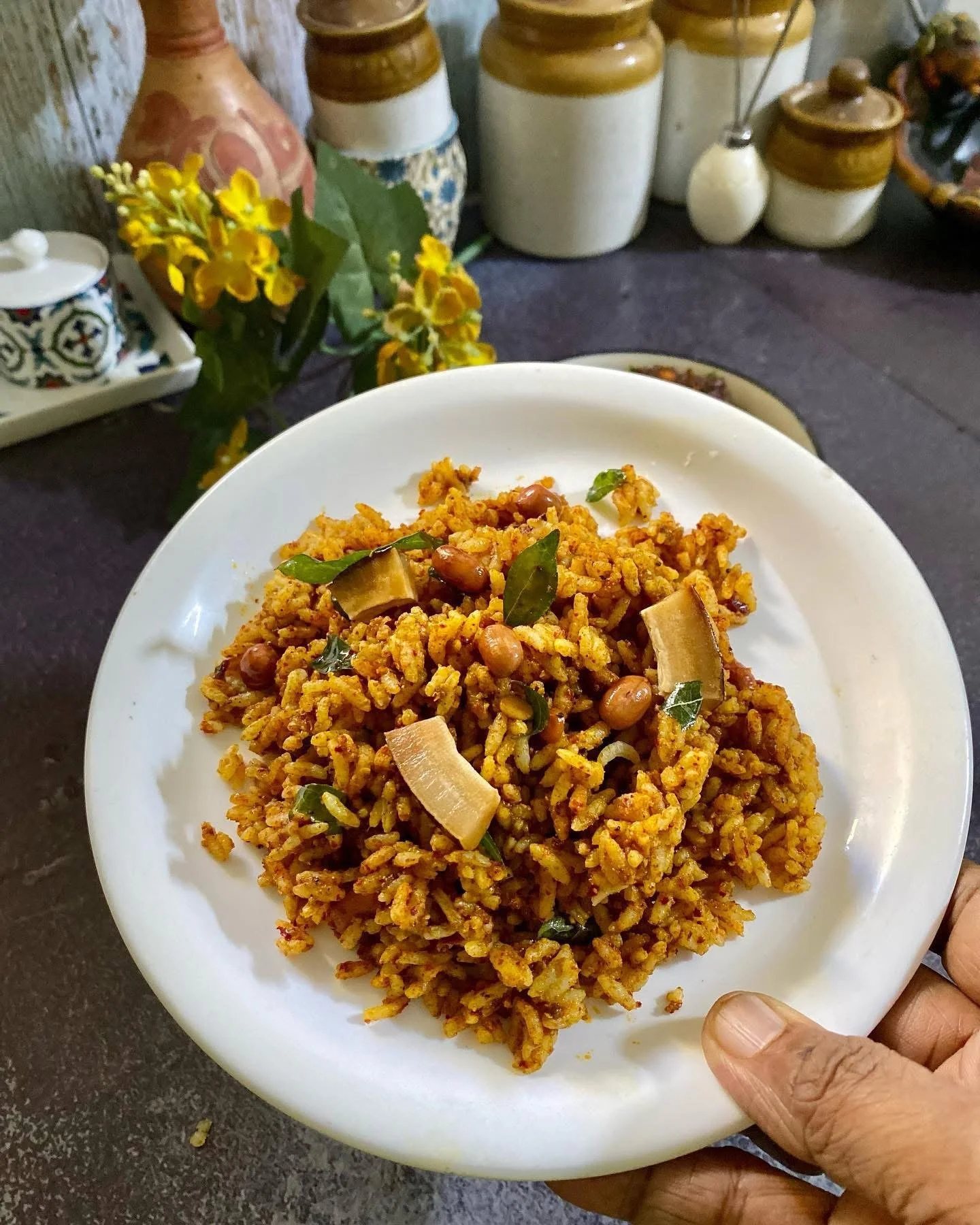
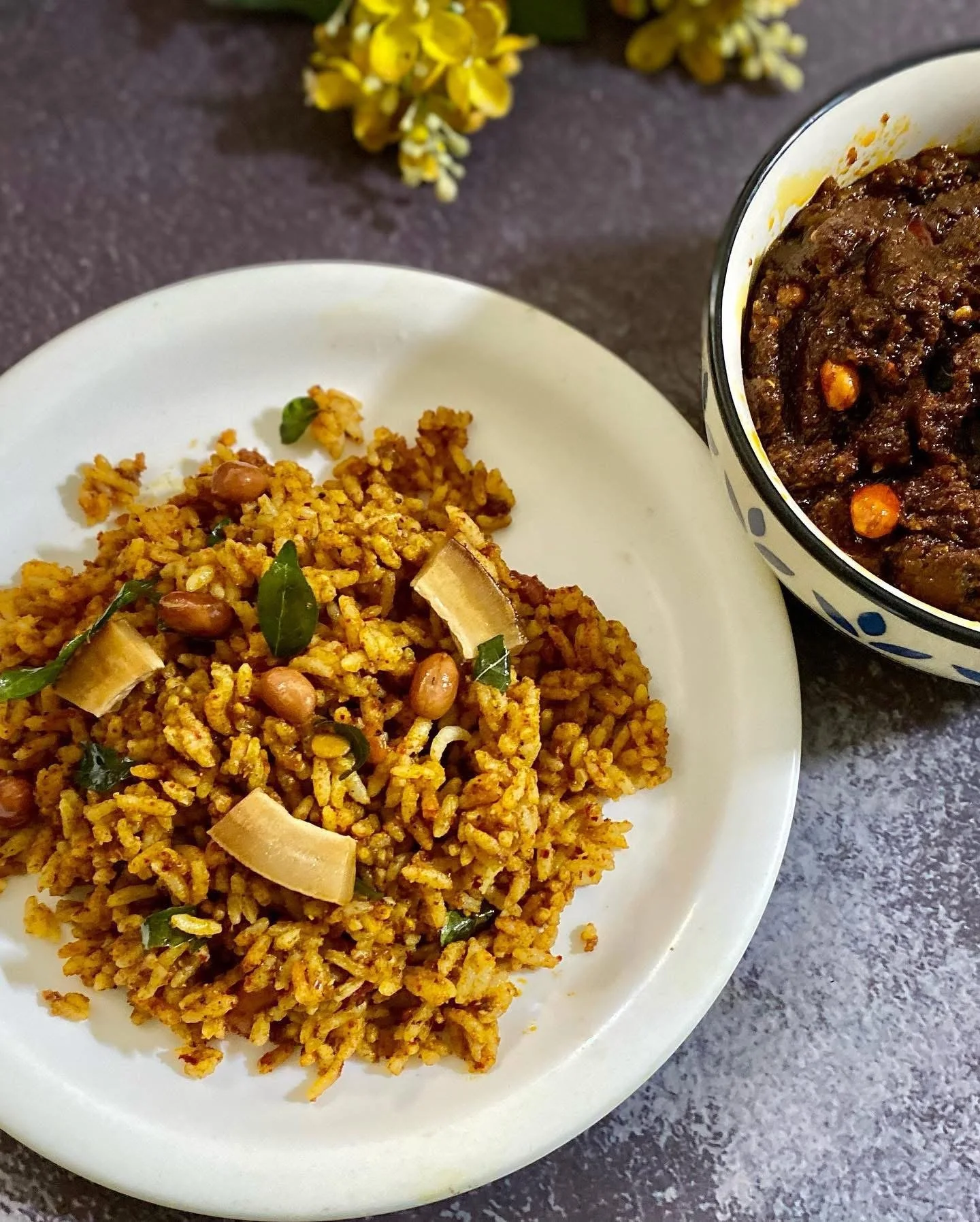
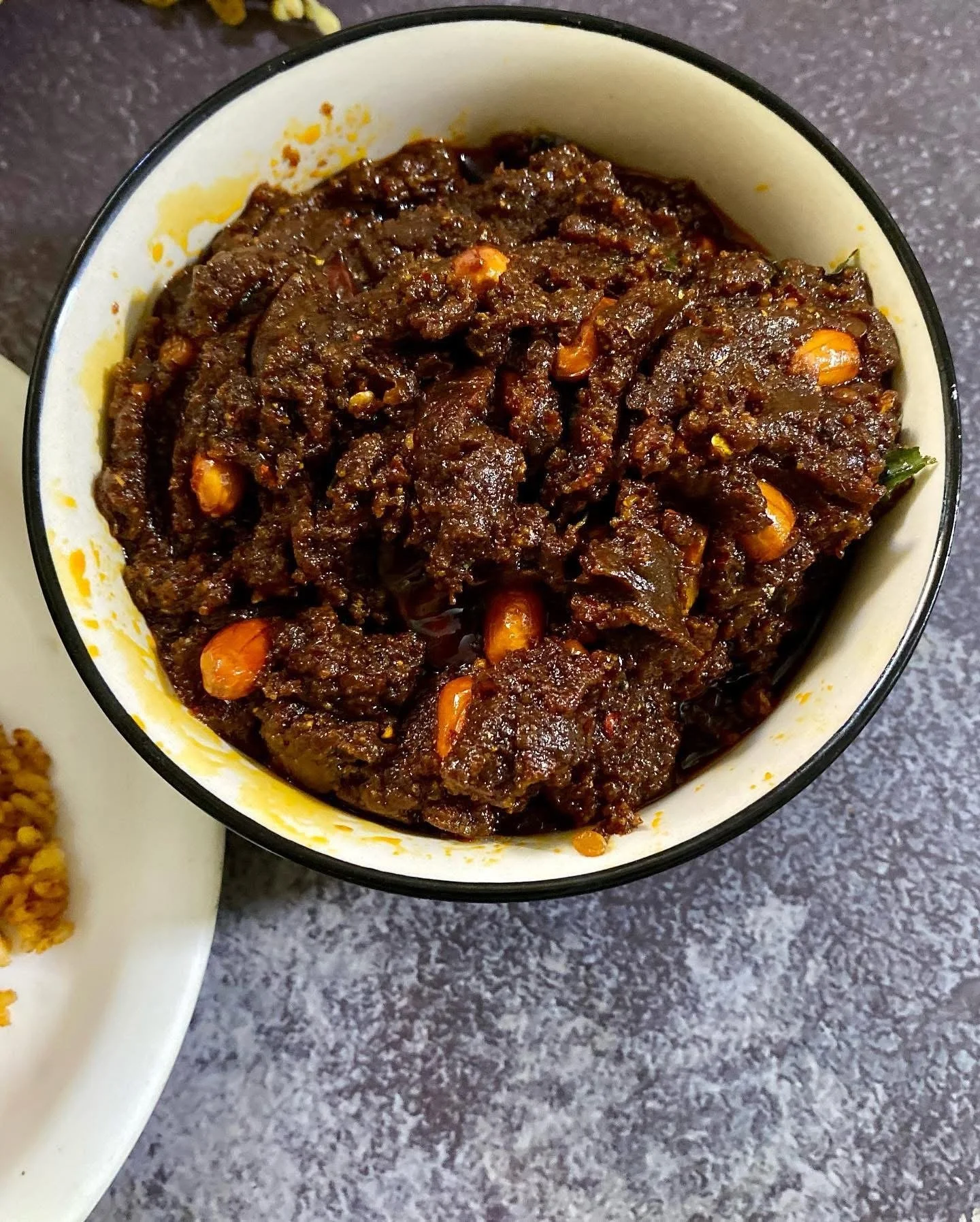

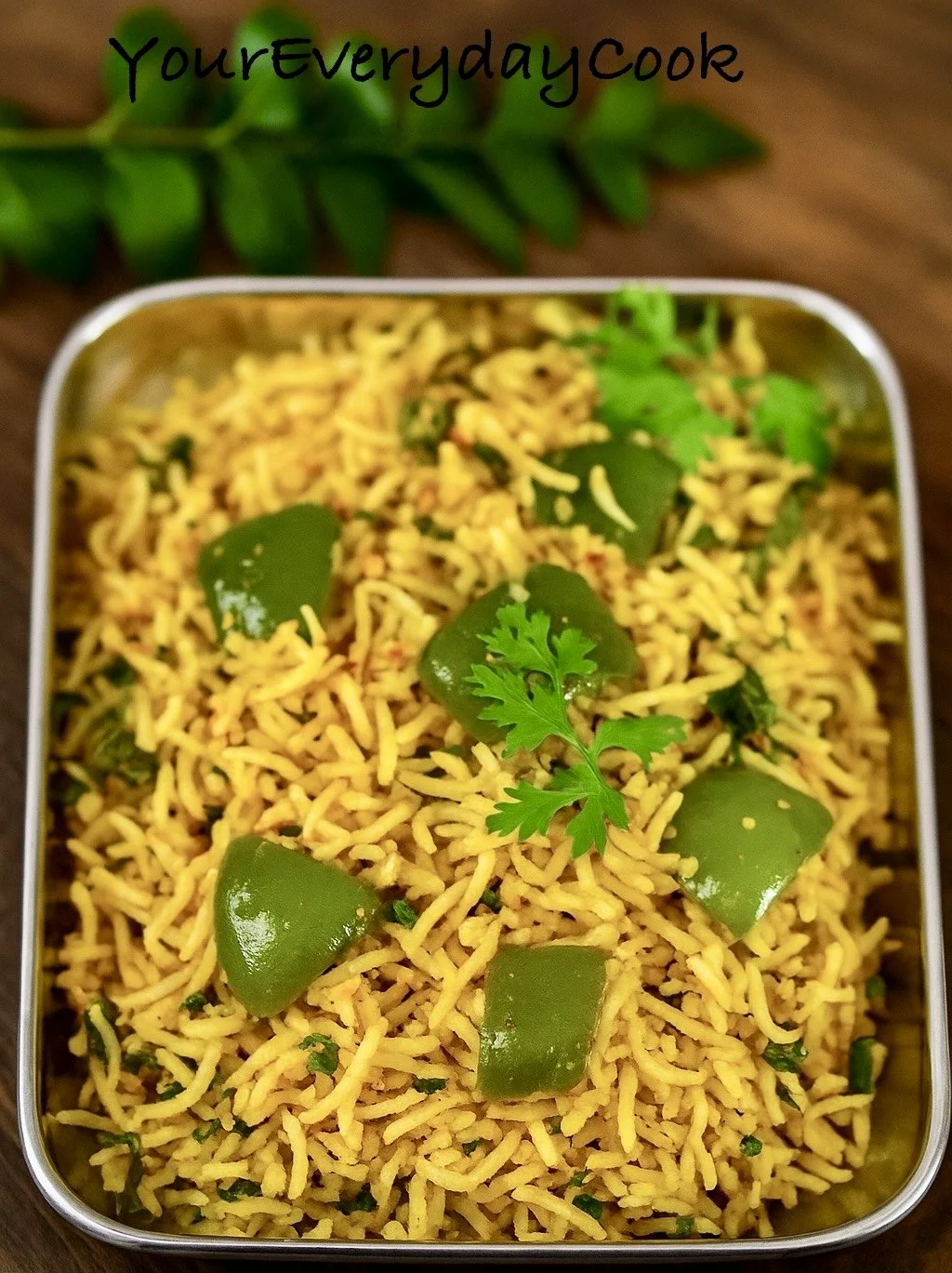
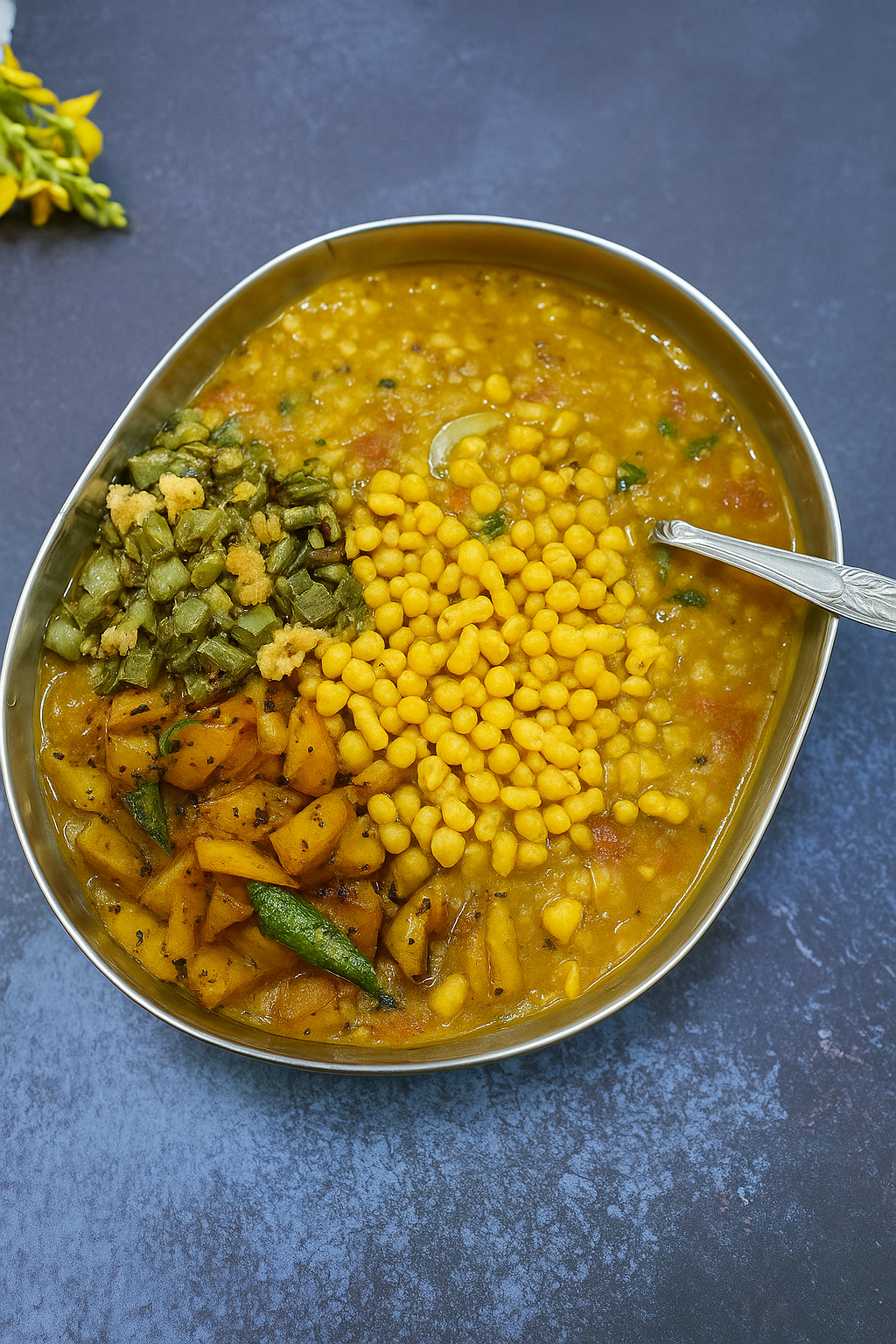

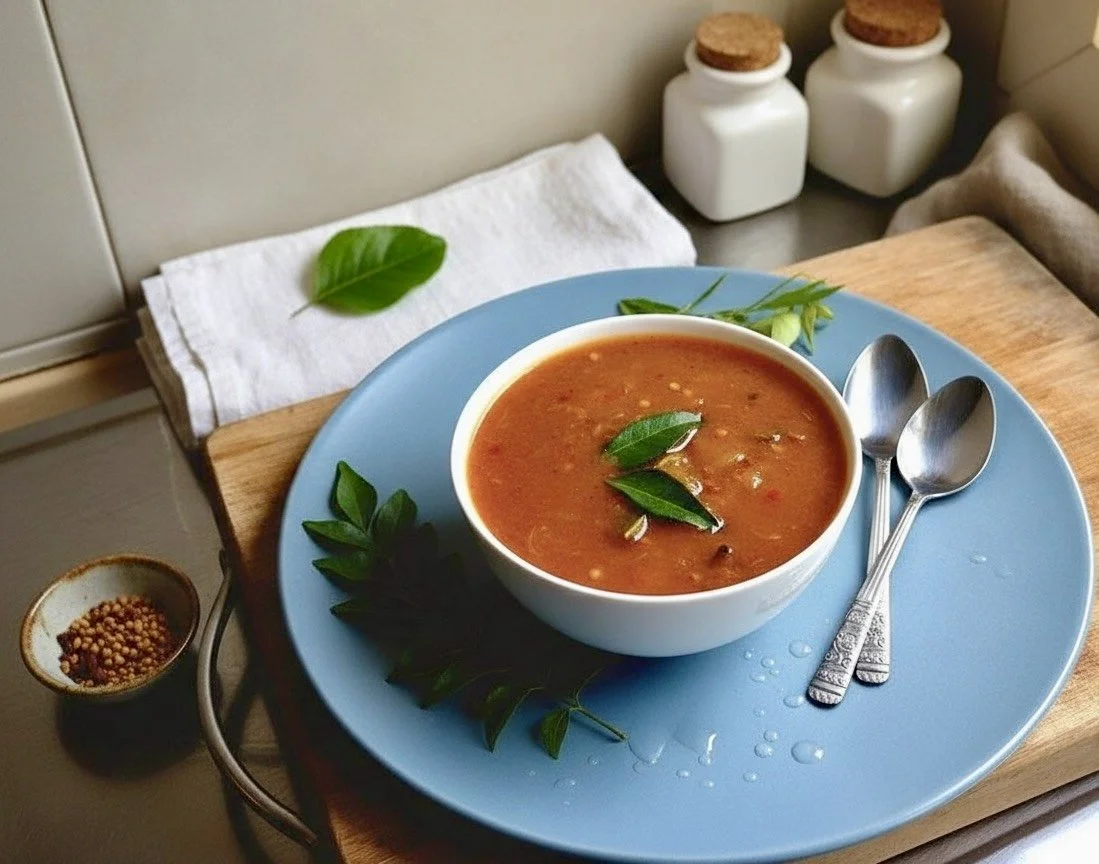

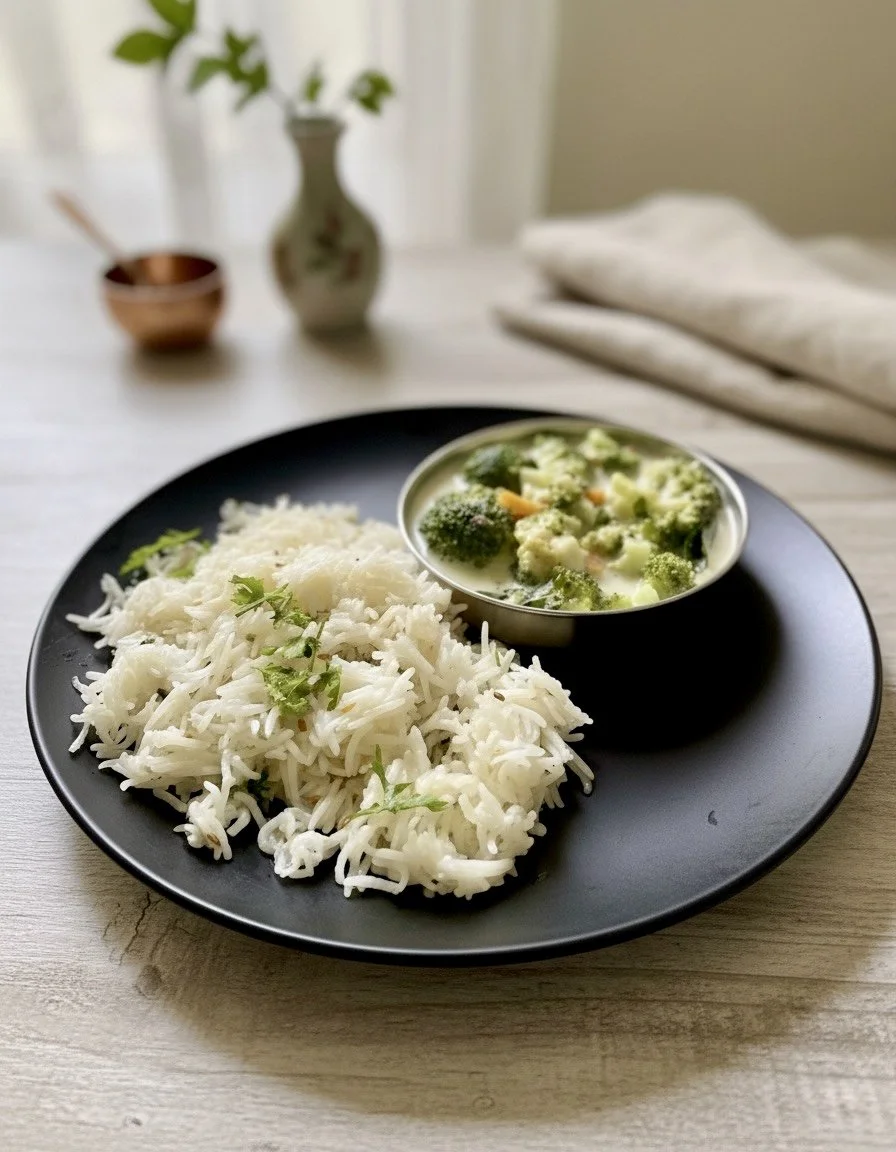
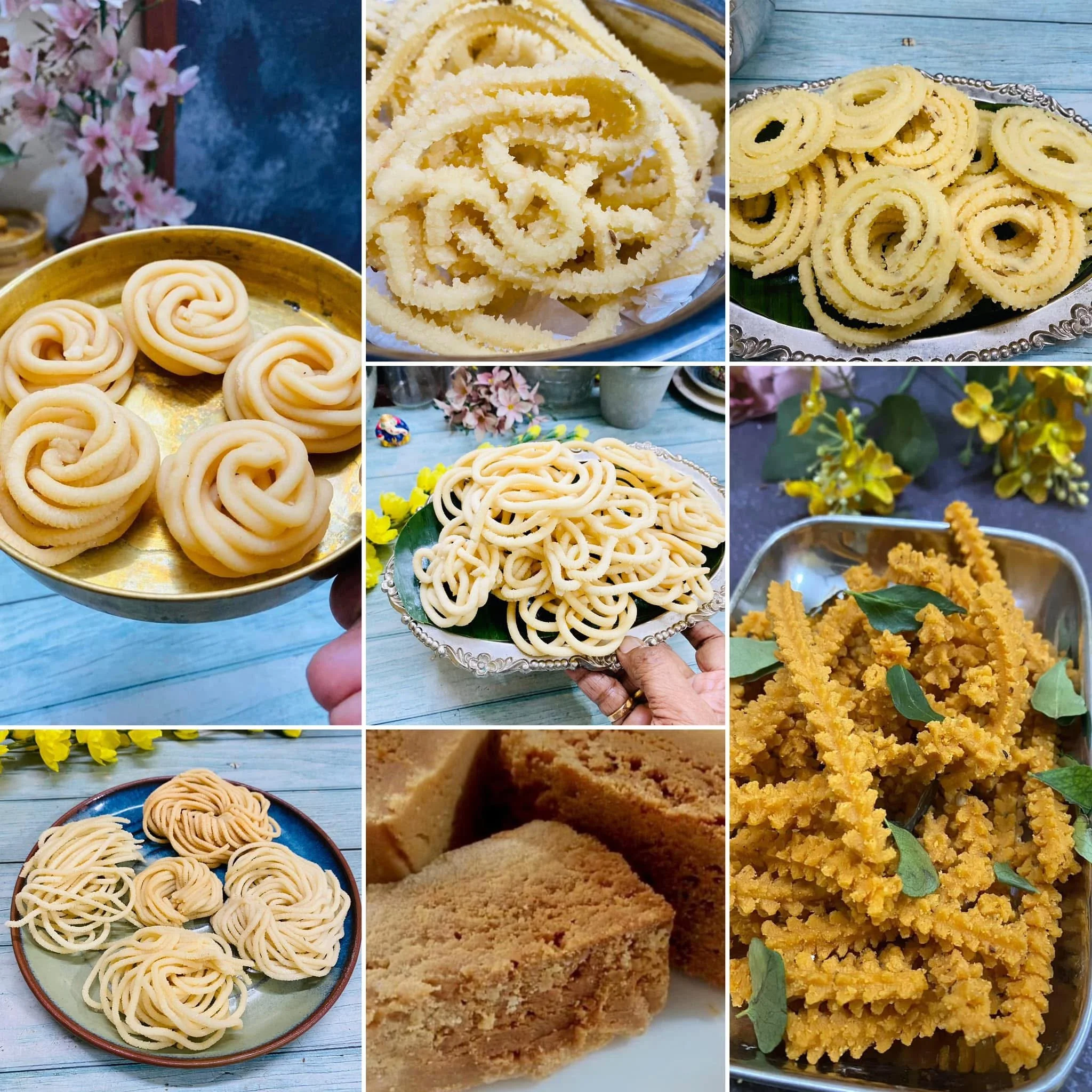
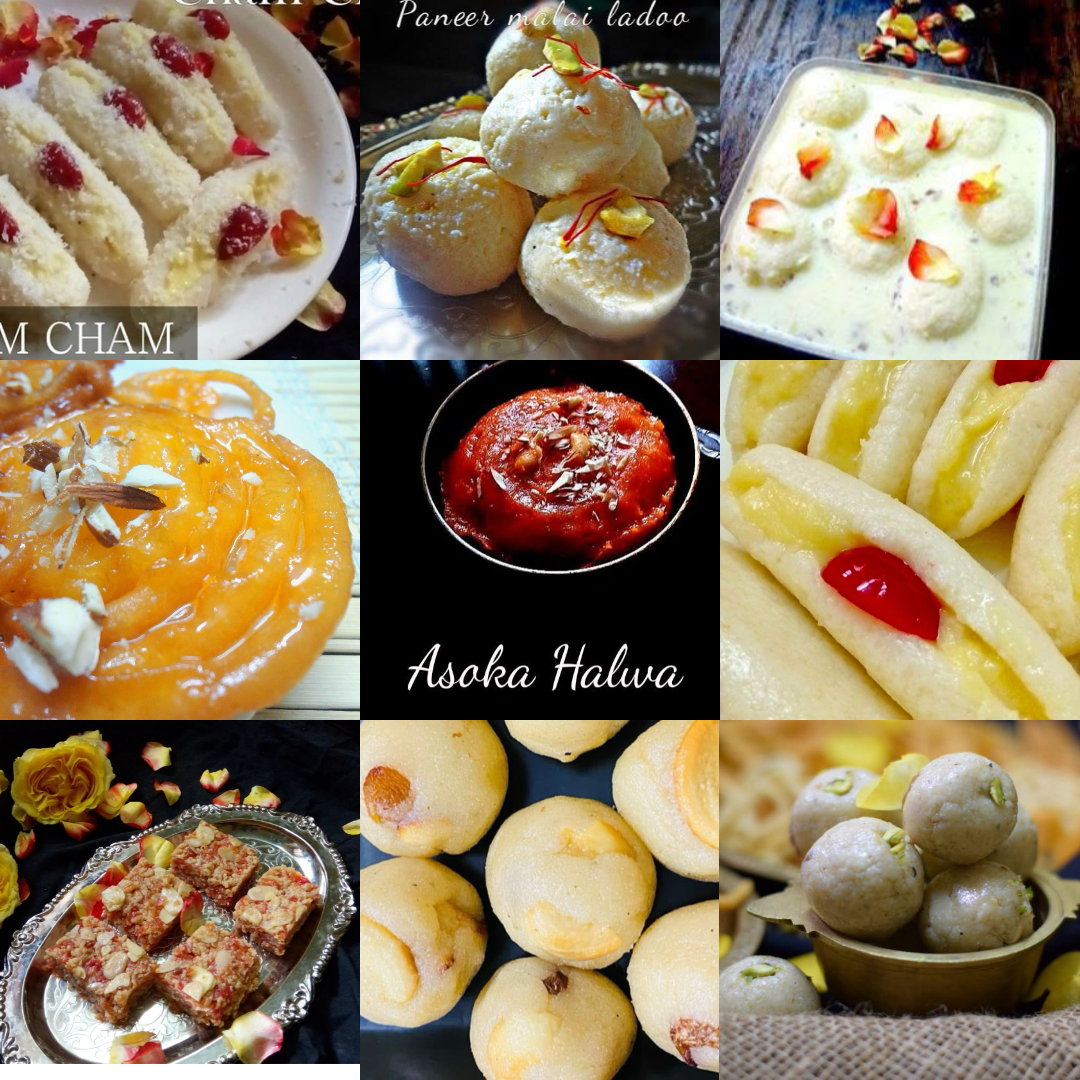
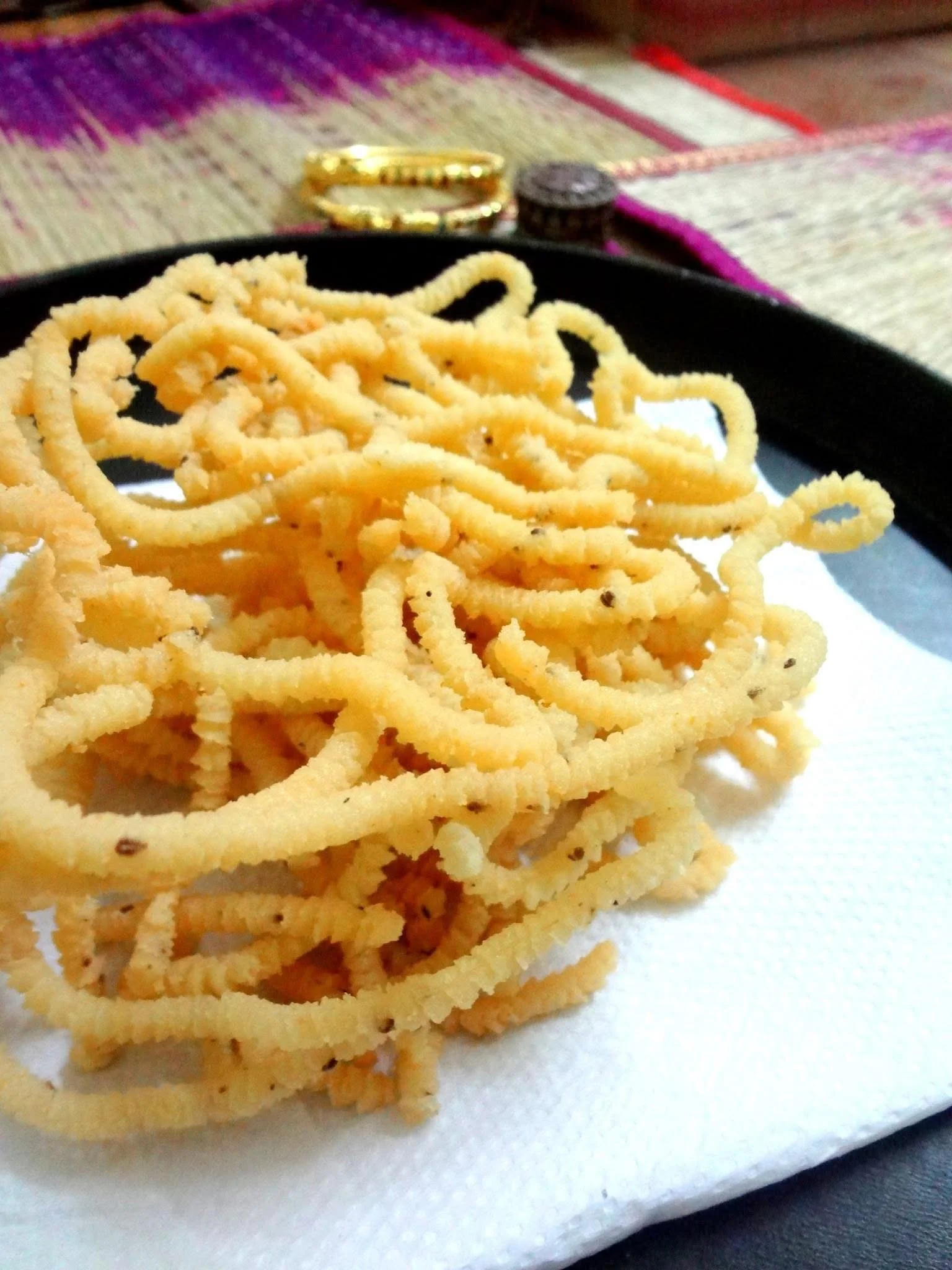

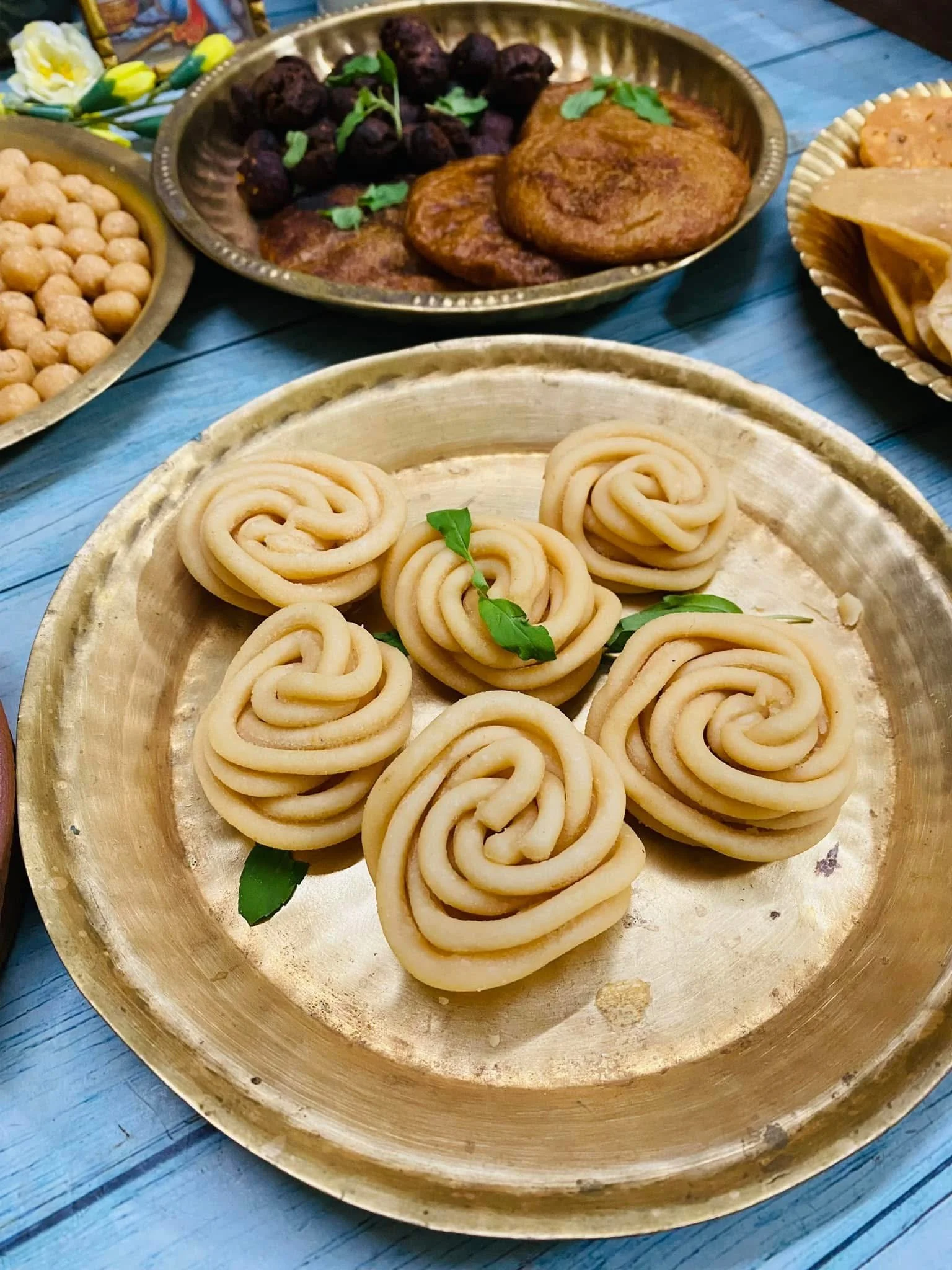


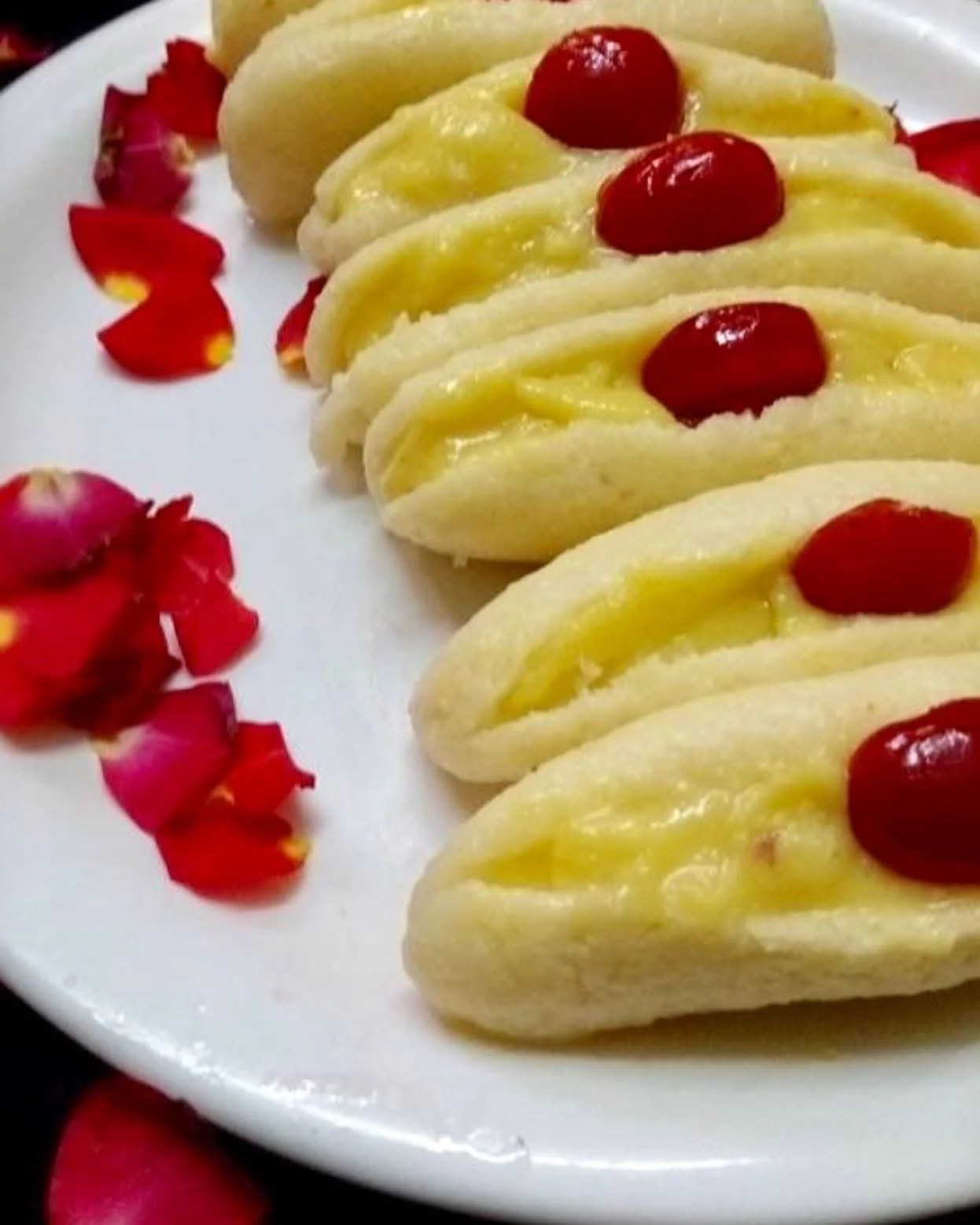

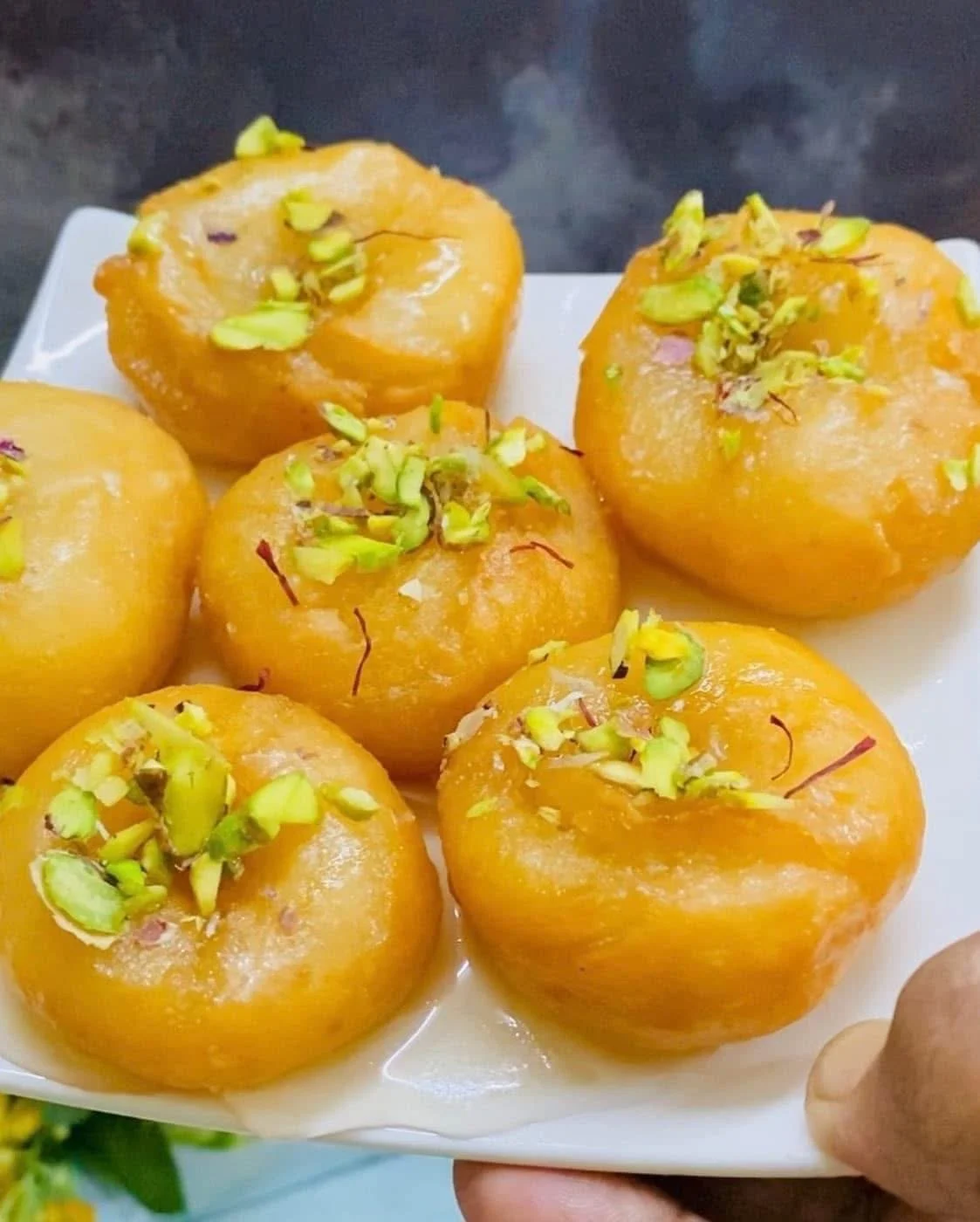

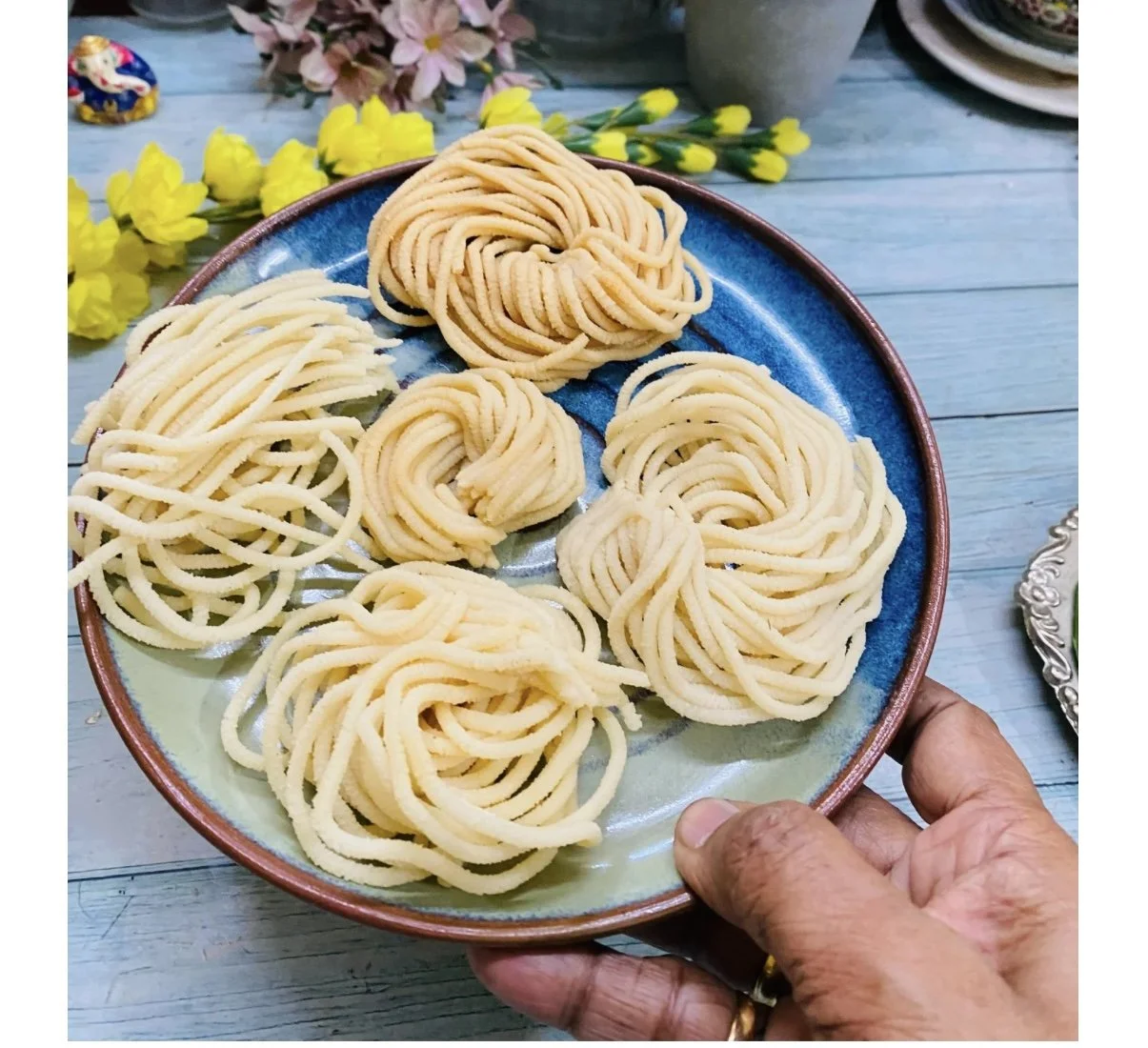








Bring home the authentic taste of Tamil Nadu with this Instant Puliyodharai Podi—a fragrant, tangy-spicy mix that turns plain rice into temple-style Puliyodharai in minutes. Just mix with hot rice and gingelly oil for a delicious, travel-friendly, lunchbox-perfect meal.